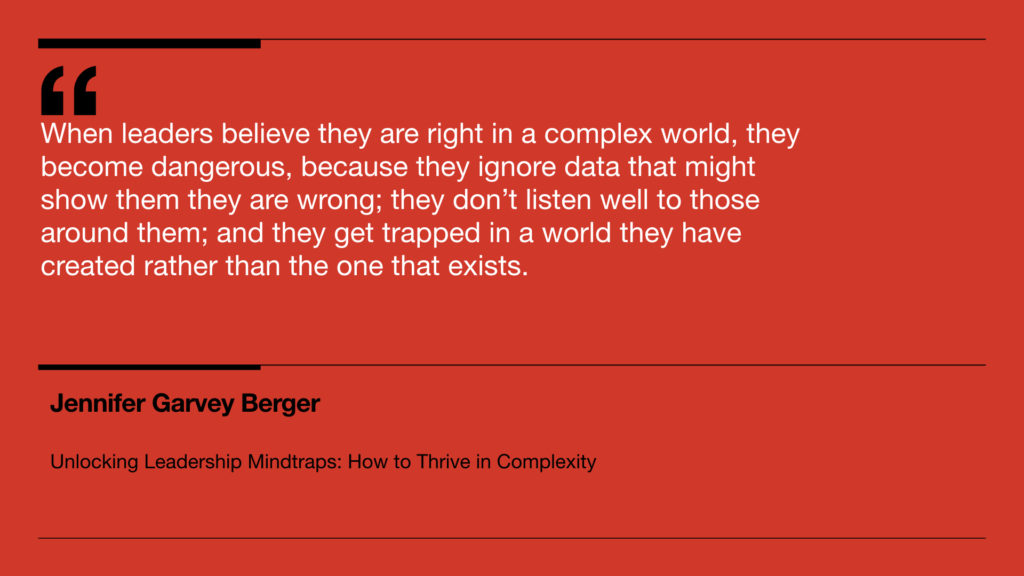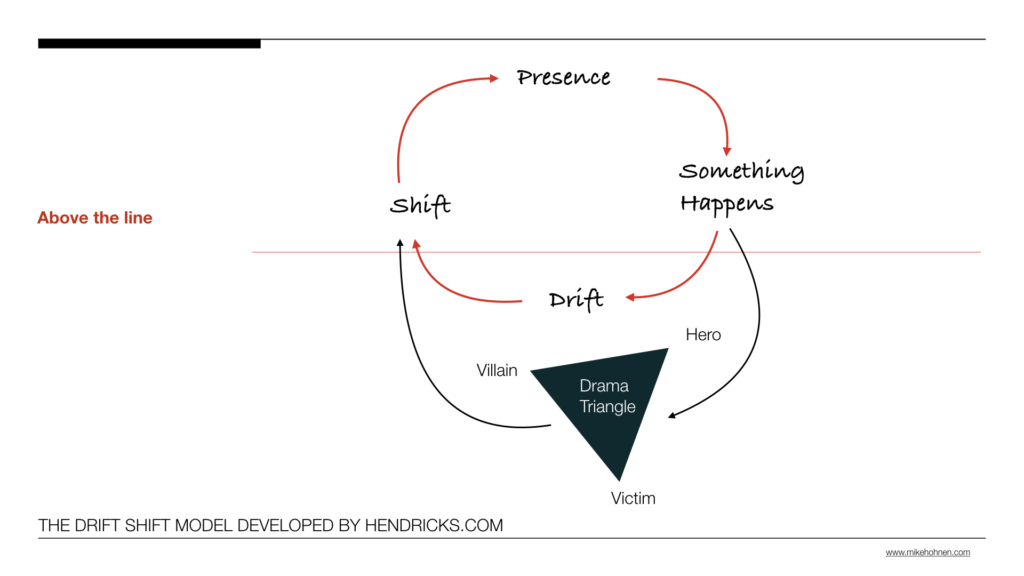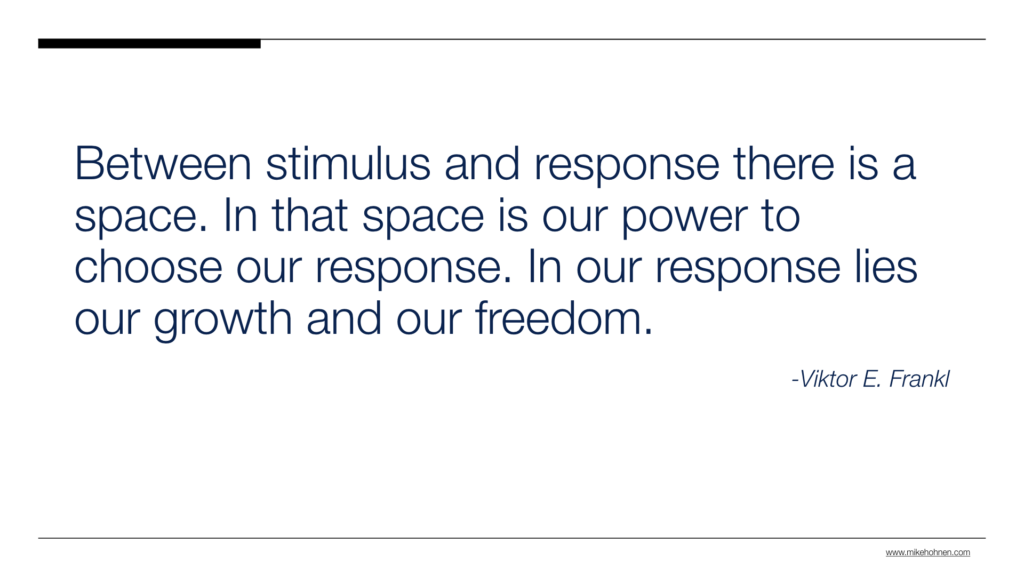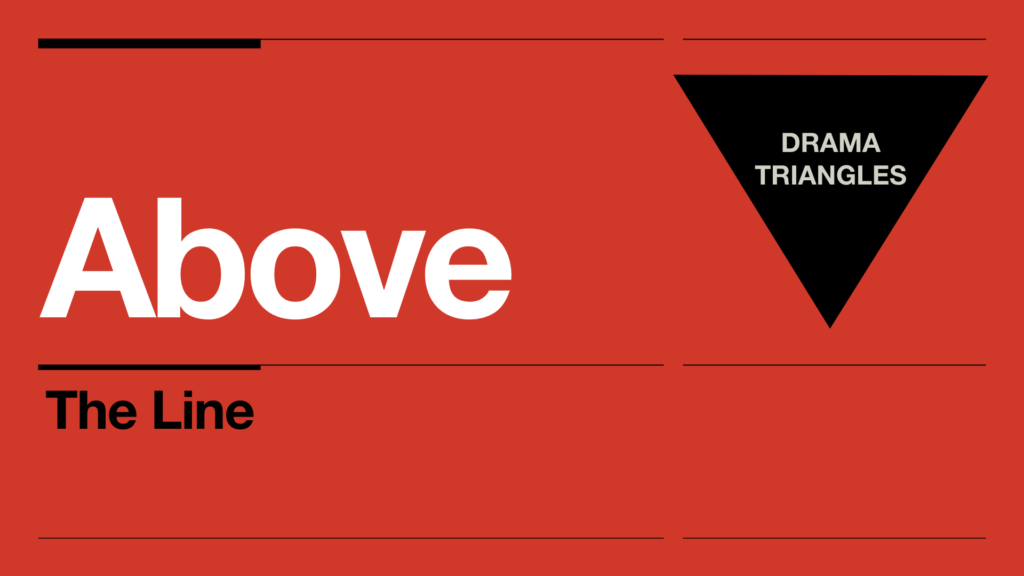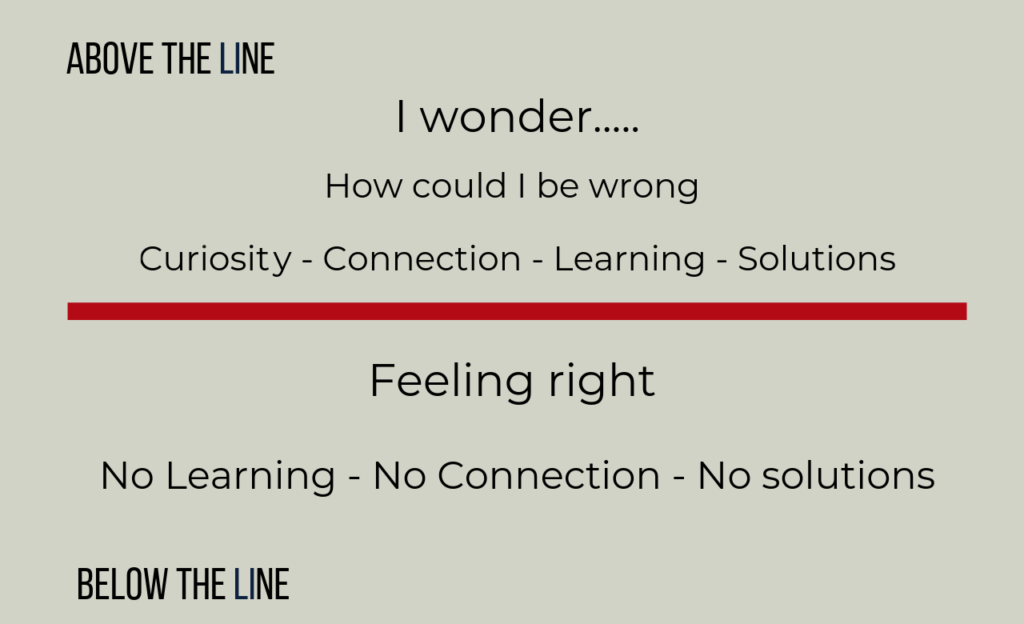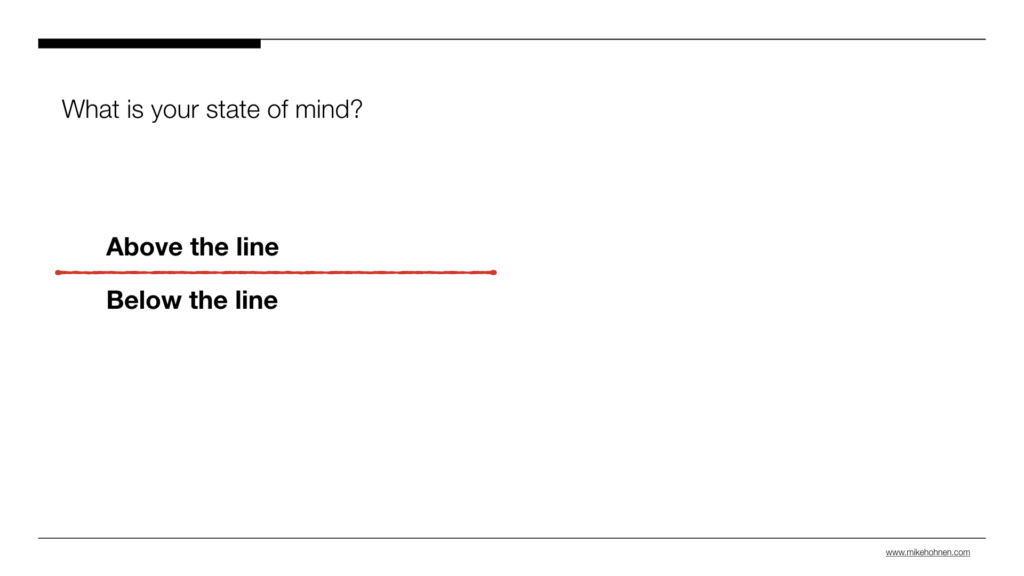The courage to act
I promise you
It’s not more planning, bigger goals or even new KPI’s that is going to get you through the coming year.
You will need one thing and one thing only.
Courage
The courage to act
The biggest threat you face at the moment is to get bogged down in passivity while you are waiting for things to get better.
Things are not going to get better or worse for that matter.
‘Things’ are what they are
Uncertain, unpredictable, and continuously evolving.
This Corona thing is just an accelerator for so much that has been percolating for a while.
On a high level, what is happening is that we are transitioning from a period where things were complicated to a situation where things are beyond complicated – they have become complex.
In a complex world, there are no known answers – no experts to turn to. Situations are unfolding and developing constantly. There is no longer agreement on how things work or what will happen when we do x y or z.
To navigate this uncertainty, we need to experiment. To test things out.
That way, if we are smart, we can learn and adapt.
The crucial part is the do part – without the doing, we will lack vital information.
But taking action in the face of uncertainty requires courage.
- Courage to accept a lot of failures
- Courage to be critiqued for trying and missing
- Courage to get up and try again
So you just need to find the courage.
I think I can help you with that.
For years I have operated a coaching system that I call Micro Coaching – it is basically an adaptation of a basic action learning concept.
It works like this
Every Friday morning, you receive an e-mail from me with the following questions:
- What was your focus this past week?
- What did you do?
- What did you learn?
- What will you focus on next week?
You answer the questions and return them to me before the end of the weekend. Monday – latest Tuesday I will send you my reflections, thoughts and feedback.
We continue the same process every week.
You will be surprised at how much it helps you stay on track. But most importantly, it will help you find the courage to act – and that is your secret weapon for 2021.
Click the link here, and it will take you to the page I created to describe the concept in more detail.
The courage to act
All the best
Mike
